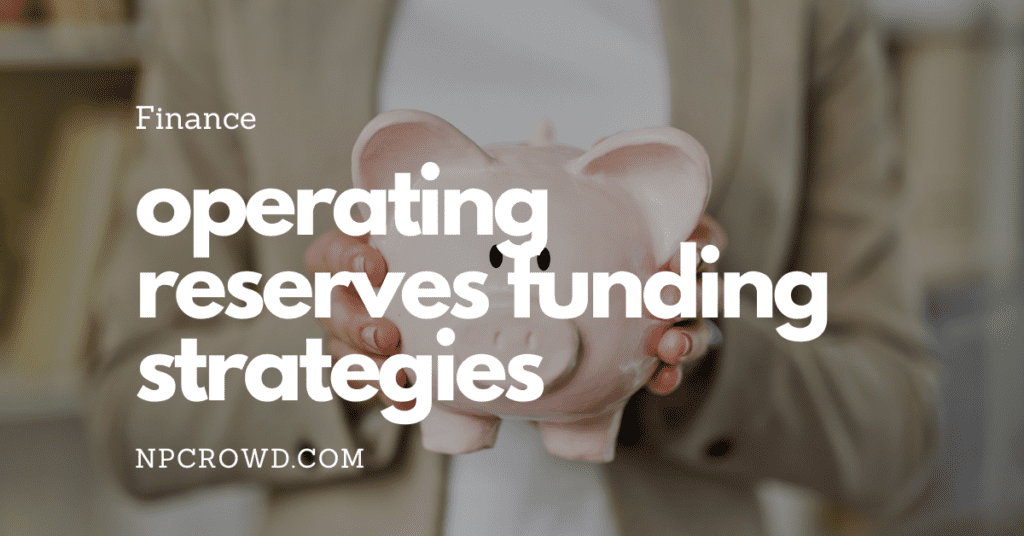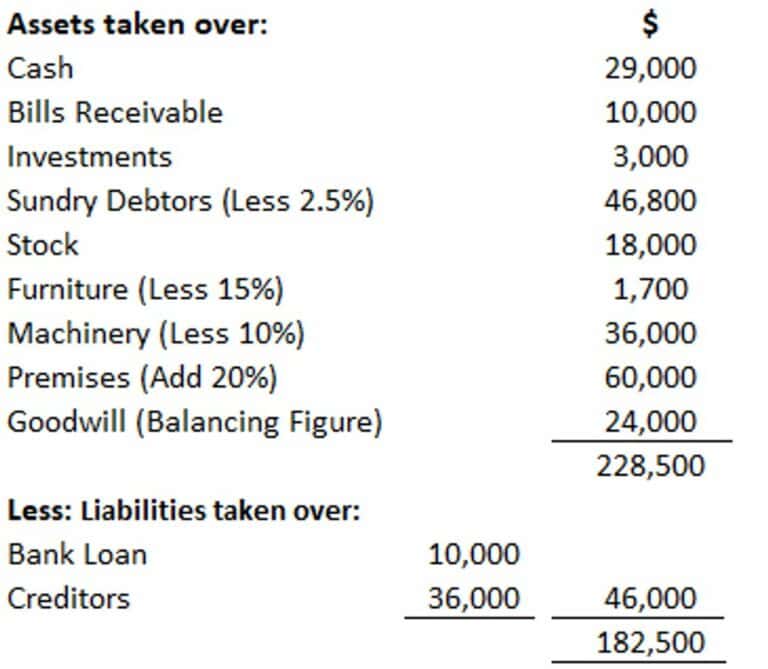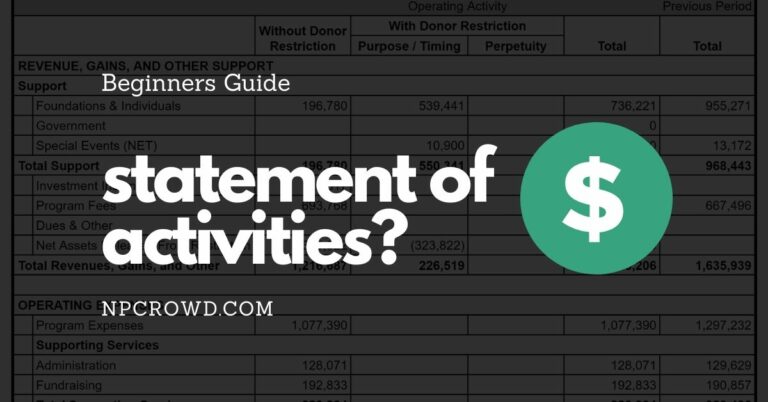5 Practical Strategies for Funding Your Nonprofit’s Operating Reserves
Disclaimer: This post may contain affiliate links. These links, if used and purchases made, we may earn a small commission. These affiliate programs do not impact the recommendations we make or the resources we refer you to. Our focus is on providing you the best resources for your nonprofit journey.
As a vital part of our society, nonprofit organizations provide valuable services and support to those in need. However, just like any organization, nonprofits require a financial cushion to guarantee their long-term sustainability. This is where operating reserves come in.Operating reserves are liquid asset funds that nonprofits set aside to cover unexpected expenses or revenue shortfalls.
In this article, we will discuss the significance of operating reserves for nonprofits and provide practical ways to fund them.
The Importance of Operating Reserves
Operating reserves are essential for the financial stability of nonprofits. They provide a safety net for unexpected expenses or revenue shortfalls, allowing nonprofits to continue providing their services without disruption. Without operating reserves, nonprofits may be compelled to cut back on services or shut down entirely, leaving those in need without support.
Operating reserves can also help nonprofits weather economic downturns. During times of economic uncertainty, donations, and grants may decrease, making it difficult for nonprofits to maintain their services. Operating reserves can help bridge the gap during these times, ensuring that nonprofits can continue to provide their services without interruption.

Ways to Fund Operating Reserves
Now that we understand the importance of operating reserves, let’s explore some practical ways to fund them.
1. Create a Reserve Policy
Creating a reserve policy is an essential first step in funding operating reserves for a nonprofit. A reserve policy is a written plan that outlines the organization’s goals, guidelines, and strategies for building and maintaining operating reserves. It also defines when operating reserves can be used. This policy should be reviewed annually to ensure that it remains relevant and effective.
2. Allocate a Portion of Revenue
One way to fund operating reserves is to allocate a portion of revenue to them. This can be done by setting aside a percentage of donations or grants specifically for operating reserves. By doing so, nonprofits can consistently build their reserves over time.
3. Fundraise Specifically for Operating Reserves
Another way to fund operating reserves is to conduct fundraising campaigns specifically for them. This can be done by creating an event focused on raising money for operating reserves. By doing this, nonprofits can raise awareness about the importance of operating reserves while also building their reserves.
4. Apply for Grants
Nonprofits can also apply for grants specifically for operating reserves. Many foundations and organizations offer grants for this purpose, and nonprofits should take advantage of these opportunities when they arise.
5. Cut Costs
Finally, nonprofits can fund operating reserves by reducing expenses. By renegotiating contracts, reducing staff, or finding more cost-effective ways to provide services, nonprofits can free up funds that can be used to build their reserves.
Cautionary Considerations
While building operating reserves is important, nonprofits should be aware of some cautions and potential pitfalls to avoid:
1. Don’t Sacrifice Programming
Nonprofits should not sacrifice their programs and services to build their operating reserves. While building reserves is essential, the organization’s primary mission is to provide services to the community. Nonprofits should strive to strike a balance between building reserves and fulfilling their mission.
2. Don’t Overdo It
While having adequate operating reserves is important, nonprofits should not accumulate more than they need. Excessive reserves can be perceived as hoarding funds, which can be detrimental to the organization’s reputation and fundraising efforts. Nonprofits should strive to maintain a balance between having enough reserves and being responsible stewards of their resources.
3. Don’t Use Reserves as a Substitute for Fundraising
Nonprofits should not rely solely on their operating reserves to fund their operations. Instead, they should continue to pursue fundraising opportunities to diversify their funding sources and build a sustainable financial model. Operating reserves should be used as a safety net, not a substitute for fundraising efforts.
4. Be Transparent
Nonprofits should be transparent about their operating reserves and how they are being used. Donors and stakeholders want to know that their contributions are being used effectively and efficiently. By being transparent about their reserves, nonprofits can build trust and confidence with their donors and stakeholders.
Wrapping Up
Funding operating reserves is an essential aspect of nonprofit financial management. However, nonprofits should be aware of some cautions and potential pitfalls to avoid. By maintaining a balance between building reserves and fulfilling their mission, avoiding excessive reserves, continuing to pursue fundraising opportunities, and being transparent about their reserves, nonprofits can build a strong financial cushion that will ensure their long-term sustainability and enable them to continue providing valuable services and support to those in need.







